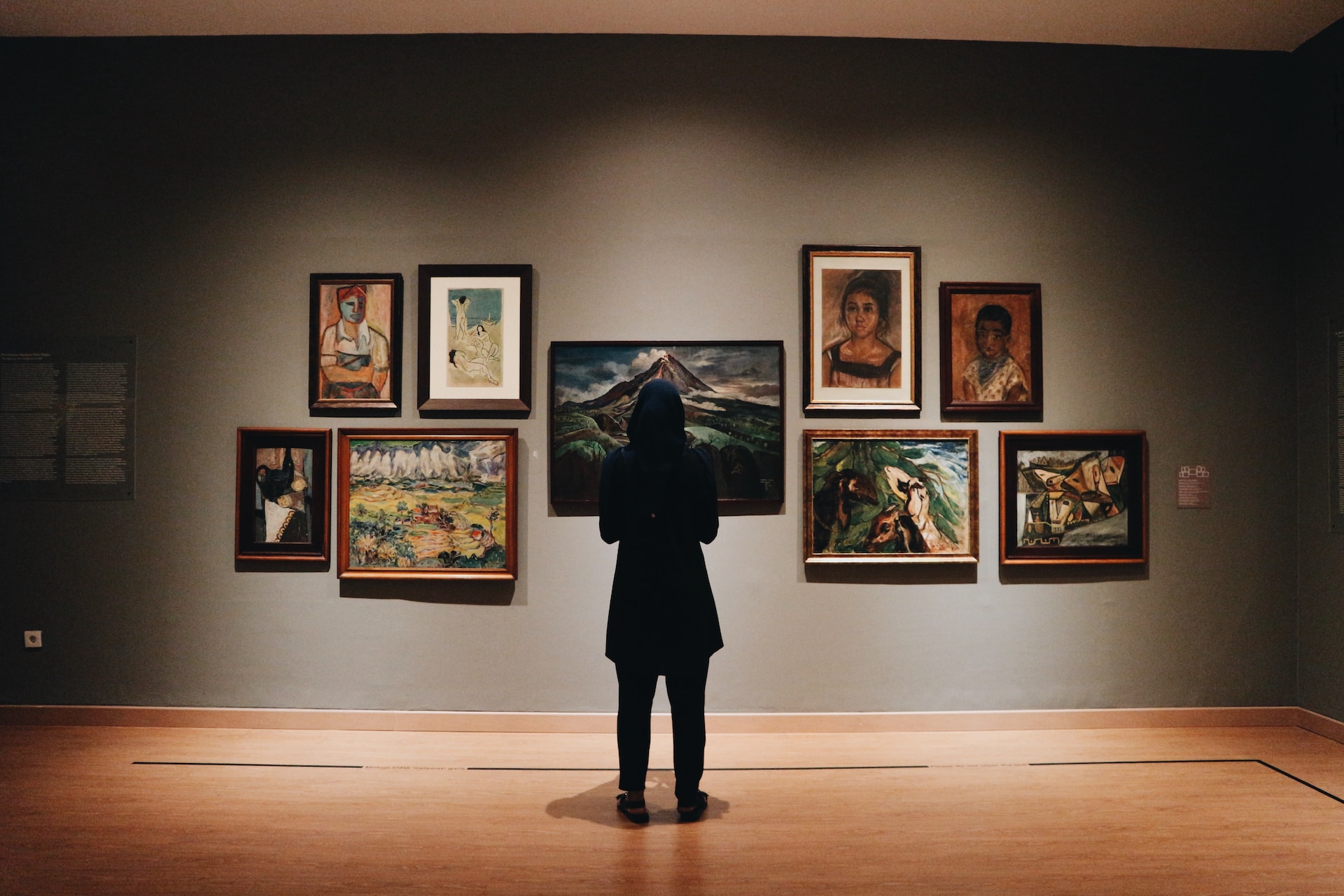The ancient Mesoamerican culture is rich with fascinating myths, legends, and deities that have captivated the world for centuries. Among these deities, one stands out as a symbol of hope, transformation, and power – Quetzalcoatl. Known as the Feathered Serpent, Quetzalcoatl has been revered by various civilizations such as the Aztecs, Mayans, and Toltecs, who all had their own interpretations and depictions of this deity. In this blog post, we will delve into the significance of Quetzalcoatl in ancient Mesoamerican culture, exploring his mythological origins, role as a god, symbolism, and legacy.
Exploring the Mythological Origins of Quetzalcoatl: The Feathered Serpent’s Creation Story
According to Mesoamerican mythology, Quetzalcoatl was one of the four sons of the creator god Ometeotl. He was born from a virgin mother named Chimalman, who became pregnant after swallowing an emerald. This miraculous birth was seen as a sign of Quetzalcoatl’s divine nature and marked the beginning of his journey as a powerful deity.
One of the most well-known creation stories of Quetzalcoatl comes from the Aztec civilization. According to their belief, Quetzalcoatl was responsible for creating the fifth sun, which brought light and life to the world. He was also credited with creating humans from the bones of previous generations, giving them the gift of intelligence and knowledge.
Another version of Quetzalcoatl’s creation story comes from the Toltec civilization. They believed that he was the son of the god Mixcoatl and a mortal woman. As a child, Quetzalcoatl was known for his wisdom and kindness, which earned him the admiration of his people. However, his half-brother Tezcatlipoca became jealous and tricked Quetzalcoatl into committing a sin, causing him to lose his divine status and be banished from his kingdom.
Examining Quetzalcoatl’s Role as a God of Creation, Fertility, and Leadership: His Impact on Mesoamerican Civilizations
Quetzalcoatl was not only seen as a creator god but also as a god of fertility and leadership. In Mesoamerican cultures, agriculture played a crucial role in their societies, and Quetzalcoatl was believed to have control over the rain and crops. He was often depicted with a cornstalk in his hand, symbolizing his power to provide sustenance for his people.
Moreover, Quetzalcoatl was also associated with leadership and governance. His wisdom, compassion, and just rule were admired by many, making him a role model for rulers and leaders. The Aztecs even believed that their emperor was a reincarnation of Quetzalcoatl, further solidifying his importance in their society.
Exploring the Architectural and Artistic Depictions of Quetzalcoatl: Unveiling Mayan, Aztec, and Toltec Representations
The significance of Quetzalcoatl can also be seen in the architectural and artistic depictions of ancient Mesoamerican civilizations. The most famous representation of Quetzalcoatl is found in the Pyramid of the Feathered Serpent in Teotihuacan, Mexico. This pyramid is adorned with intricate carvings of feathered serpents, representing the deity’s power and presence.
In Mayan culture, Quetzalcoatl was known as Kukulkan and was often depicted as a plumed serpent. One of the most impressive representations of Kukulkan can be found in the Temple of Kukulkan in Chichen Itza, Mexico. This temple is designed in such a way that during the spring and autumn equinoxes, the sunlight creates an illusion of a serpent descending down the pyramid’s steps.
The Aztecs also had their own representation of Quetzalcoatl, often depicted as a bearded man with a feathered headdress. One of the most famous depictions of Quetzalcoatl can be found in the Codex Borgia, an Aztec manuscript that depicts various deities and rituals.
Investigating Quetzalcoatl’s Complex Symbolism: Its Influence on Art, Religion, and Political Power
Quetzalcoatl’s symbolism goes beyond his role as a creator god and leader. In Mesoamerican cultures, the feathered serpent was seen as a symbol of duality and balance. The feathers represented the heavens, while the serpent represented the earth, symbolizing the connection between the two realms.
Moreover, Quetzalcoatl’s association with fertility and agriculture also gave him a prominent place in religious ceremonies and rituals. Offerings and sacrifices were made to him to ensure a bountiful harvest and to seek his guidance and protection.
Quetzalcoatl’s symbolism also extended to political power. As mentioned earlier, the Aztecs believed that their emperor was a reincarnation of Quetzalcoatl, giving him divine authority and legitimacy. This belief was used by the Aztec rulers to solidify their rule and maintain control over their people.
Journey into the Archaeological Sites Dedicated to Quetzalcoatl: Uncovering the Ancient City of Teotihuacan
One of the best ways to understand the significance of Quetzalcoatl in ancient Mesoamerican culture is to visit the archaeological sites dedicated to this deity. One such site is Teotihuacan, located just outside of Mexico City. This ancient city was once a thriving metropolis and is home to the Pyramid of the Feathered Serpent, as mentioned earlier.
The Pyramid of the Feathered Serpent is not the only structure dedicated to Quetzalcoatl in Teotihuacan. The entire city is believed to be a representation of the deity’s creation story, with its layout mirroring the mythological journey of Quetzalcoatl. This makes Teotihuacan an essential site for understanding the cultural significance of this deity.
Decoding the Astronomical and Calendar Associations of Quetzalcoatl: His Connection to the Heavens and Timekeeping
In addition to his role as a creator god and symbol of balance, Quetzalcoatl also had strong associations with astronomy and timekeeping. In Mesoamerican cultures, the movements of celestial bodies were closely observed and used to create calendars and predict future events.
Quetzalcoatl was often associated with Venus, the morning star, and was believed to have control over its movements. This connection to Venus was also linked to the deity’s role as a god of fertility, as the planet’s appearance and disappearance were seen as signs of the changing seasons.
Moreover, Quetzalcoatl’s association with timekeeping can be seen in the Aztec calendar, where he is represented as one of the four cardinal directions, symbolizing the four eras of creation. This further solidifies his importance in Mesoamerican cultures and their understanding of time.
Analyzing Quetzalcoatl’s Influence on Mesoamerican Literature and Philosophy: Exploring Wisdom and Ethical Teachings
Aside from his role as a deity, Quetzalcoatl also played a significant role in Mesoamerican literature and philosophy. Many myths and legends revolve around him, showcasing his wisdom, compassion, and ethical teachings.
One of the most famous stories involving Quetzalcoatl is the tale of his journey to the underworld. In this story, he faces various challenges and temptations but ultimately emerges victorious, showcasing his strength and wisdom.
Quetzalcoatl’s teachings also revolve around ethical principles such as honesty, compassion, and respect for nature. These teachings were passed down through generations and continue to influence contemporary Mesoamerican cultures.
Unraveling the Enigma of Quetzalcoatl’s Return: The Aztec Prophecies and the Spanish Conquest
One of the most intriguing aspects of Quetzalcoatl’s legacy is the belief in his return. According to Aztec prophecies, Quetzalcoatl will return one day, bringing an era of peace and prosperity to the world. This belief was used by the Aztecs to resist the Spanish conquest, as they believed that the arrival of the conquistadors was a sign of Quetzalcoatl’s return.
The Spanish conquest had a significant impact on Mesoamerican cultures, leading to the suppression and destruction of many indigenous traditions and beliefs. However, the memory of Quetzalcoatl and his teachings persisted, and today, there is a resurgence of interest in Mesoamerican cultures and their deities.
Reflecting on Quetzalcoatl’s Legacy in Contemporary Mesoamerican Cultures: The Persistence of Indigenous Traditions
Despite the colonization and forced conversion to Christianity, the legacy of Quetzalcoatl continues to live on in contemporary Mesoamerican cultures. Many indigenous communities still honor and worship this deity, incorporating his teachings into their daily lives.
Moreover, the symbolism of Quetzalcoatl can be seen in various forms of art, literature, and even popular culture. His image has been used in fashion, music, and film, showcasing the enduring influence of this ancient deity.
Conclusion
In conclusion, Quetzalcoatl holds a significant place in ancient Mesoamerican culture, representing hope, transformation, and power. His mythological origins, role as a god, symbolism, and legacy continue to fascinate and intrigue people around the world. By exploring his significance in various aspects of Mesoamerican society, we can gain a deeper understanding of this complex and influential deity.




